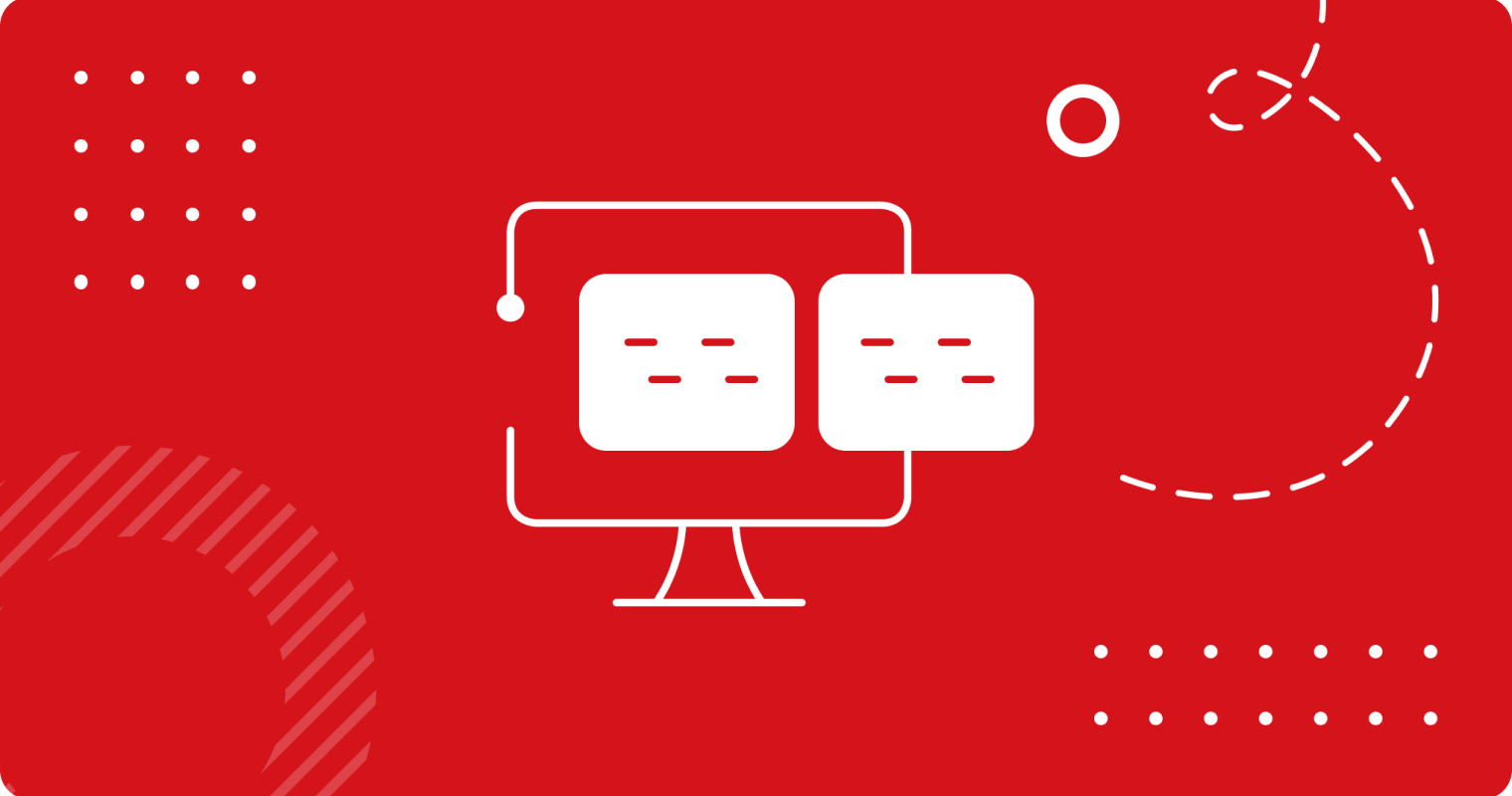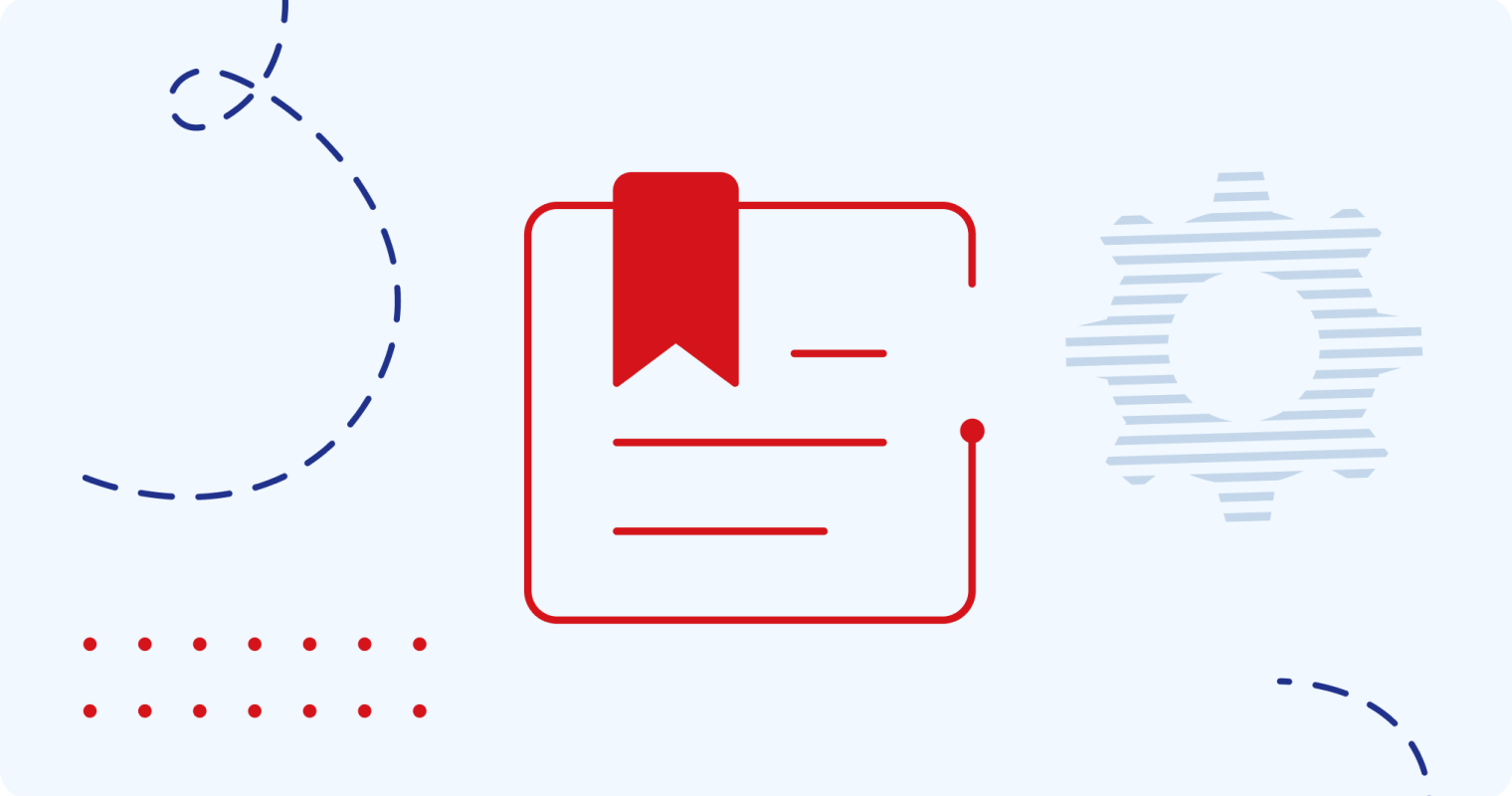



Target Group(s)
Technical university instructors and professors integrating project-based learning (PBL). Students in engineering, technology, and applied sciences seeking hands-on, real-world experience. Innovation hubs and technical training institutions looking to bridge the gap between theory and practice.
Product’s Aim(s)
- Develop technical problem-solving skills using a Design Thinking approach.
- Encourage collaboration and interdisciplinary teamwork in technical fields.
- Foster innovation and creativity by guiding students through iterative prototyping and testing.
- Prepare students for industry challenges by simulating real-world design, engineering, and development processes.
Description
The Technical-Based Courses – Missions DT meets STEM is a structured learning framework designed to integrate Design Thinking (DT) into technical education, promoting innovation, teamwork, and iterative problem-solving.
Through a series of hands-on missions, students work collaboratively to define technical challenges, research existing solutions, develop new concepts, and test prototypes. This process bridges the gap between technical knowledge and real-world applications, ensuring that learning is practical, engaging, and industry-relevant. This methodology fosters creativity and experimentation, preparing students for engineering, technology, and innovation-driven careers.
Use Cases
- Engineering & Technology Courses: Provides a structured approach to innovation in technical education.
- Capstone & Final-Year Projects: Helps students develop and test real-world solutions.
- Industry Collaboration Programs: Encourages universities to work with companies on practical challenges.
- Innovation & Entrepreneurship Training: Supports students in building and pitching technology-driven ideas.
Product Elements
- Mission 1 – Design Brief
- Mission 2 – Benchmarking
- Involves competitive analysis and research into existing solutions.
- Helps students identify industry trends and best practices.
- Mission 3 – Needfinding
- Focuses on user research and problem validation.
- Utilizes stakeholder interviews, observations, and data collection.
- Mission 4 – Solution Creation
- Encourages structured brainstorming and concept development.
- Develops design principles based on research insights.
- Mission 5 – Pretotyping
- Introduces rapid, low-fidelity prototyping to test initial ideas.
- Helps students gather early user feedback to refine concepts.
- Mission 6 – Project Closing
- Guides students in finalizing and presenting their solutions.
- Includes a final report, infographic, and stakeholder presentation.
Download DT meets STEM Missions for Tech-based Courses
Using missions requires Miro bord!
- Click here to open board with templates for Tech-based Missions.
Related Posts


Empowering Students’ Awareness for a Personalized Career Development (Monograph)
Explore this in-depth monograph to discover how universities can guide students toward meaningful careers through personalized development paths grounded in self-reflection, identity formation, and future-focused action.


DT Meets STEM Training Program
Reimagine your teaching with the power of Design Thinking! This hands-on training equips STEM educators to redesign courses, engage students through real-world challenges, and foster essential 21st-century skills.


The Set of Concepts Developed by Professors during the DT Meets STEM Training Program
Discover how university educators revolutionized their teaching with Design Thinking. This inspiring collection of real course transformations shows you how to embed creativity, empathy, and innovation into your syllabus.